Posted by Maris on 16th Aug 2023
Surprising facts about lesser-known Scottish kings
Here are some interesting facts about Scotland’s kings and queens. So, kings. They only had one female monarch, and we all know how that worked out…
Macbeth was not as portrayed in the Scottish play.
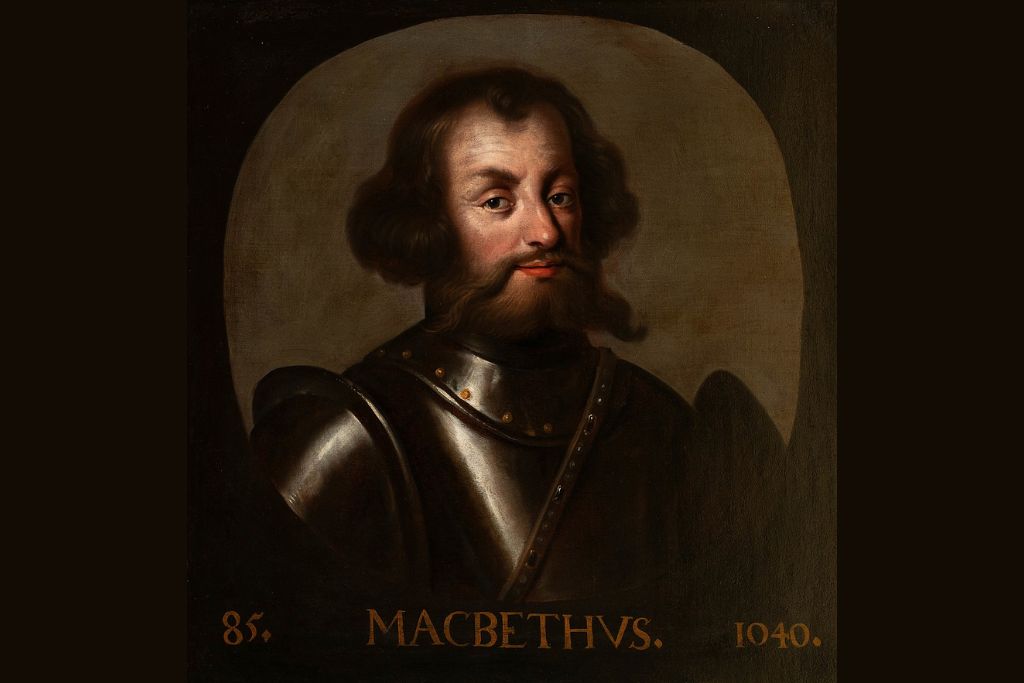
The real-life Macbeth bears little similarity to the one presented in The Play That a certain Mr. Shakespeare Cannot name. While many of the characters in the play were real individuals, the majority of what transpires in the play is a work of fiction.
In truth, Duncan (whom Macbeth defeated and killed in battle in 1040) was a young man and an unpopular, destitute ruler before his death, rather than the wise, aged ruler of Shakespeare’s imagination. Unlike the character in the play, Macbeth had a strong claim to the throne and was not the cruel, plotting monster that many people believe he was. Furthermore, while the play takes place in a single year, Macbeth governed the land for seventeen comparatively calm years and was regarded as an effective and smart ruler.
In 1057, soldiers loyal to Duncan’s son, the future Malcolm III, killed Macbeth in battle. There were no witches involved, according to William Shakespeare’s thoughts. It is widely assumed that Shakespeare included the witches in his play because the country’s then rulers, King James VI and I, were interested in witchcraft and published a book on the subject called Daemononlogie in 1597. The witches were essentially a marketing tactic to get the king – and hence everyone else – interested in seeing Shakespeare’s latest in order for him to generate some much-needed money.
Alexander III was a wild-eyed love machine.

Following the death of his wife in 1275, Alexander III went down to a life of drunkenness and not caring in the least about his personal safety after successfully taking the Western Isles and the Isle of Man from the King of Norway. According to the northern English Lanercost Chronicle, Alexander ‘used never to forbear on account of season or storm, nor perils of flood or precipitous cliffs, but would visit none too creditably nuns or matrons, virgins or widows as the fancy seized him, sometimes in disguise.’
Alexander’s lustful actions were eventually curtailed when the deaths of all three of his children in quick succession necessitated the creation of another male successor. He married Yolande de Dreux, Countess of Montford, and she became pregnant soon after. After celebrating the pregnancy with his nobles at Edinburgh Castle, Alexander decided to pay a visit to his new queen in Fife one night. Unfortunately, despite being highly counseled against it (and possibly blind drunk), he chose to see her at night in a roaring gale. Alexander and a small retinue continued on into the night, refusing to halt and seek refuge. The king was quickly separated from the party, and he was not located until the next morning.
He was discovered dead with a broken neck on a beach at the bottom of a rocky embankment. As is customary, the Kingdom of Scotland was thrown into instability for several years as a result.
The death of James I was a colossal (tennis) blunder.
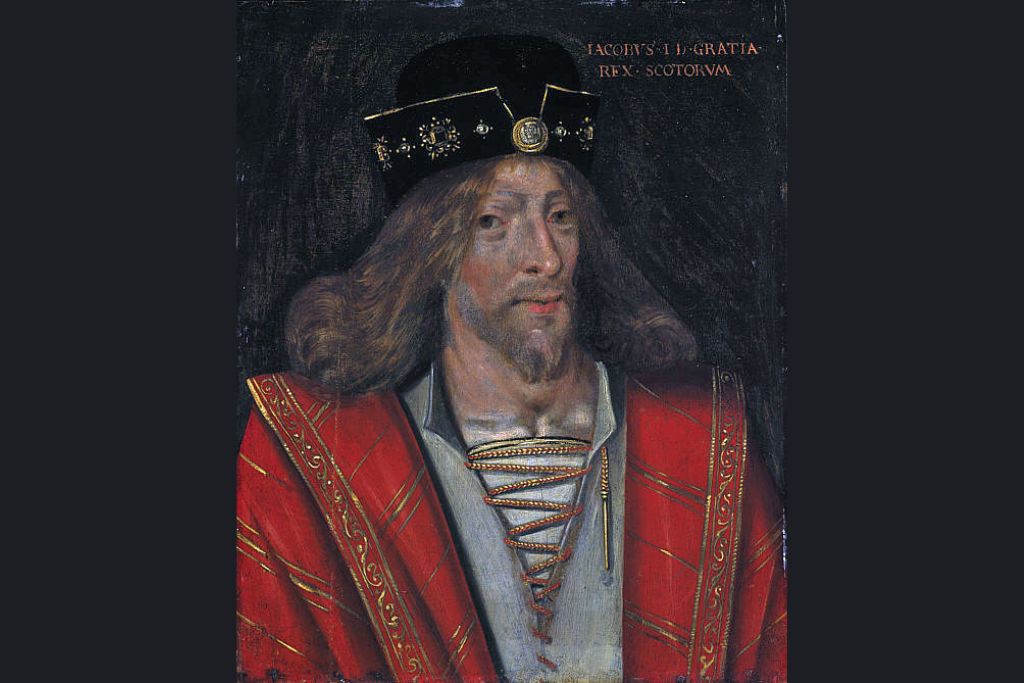
James I’s enemies felt that arresting and executing him, as an unpopular and iron-fisted king, was the best course of action. After a botched arrest attempt, they decided to bypass the whole arrest / trial / execution nonsense and just murder him instead. On February 4, 1437, James and his Queen were invited to a General Council meeting in Perth. Following the encounter, the king and queen stayed at the town’s Blackfriars monastery. On the 20th of February, the king’s chamberlain, Robert Stewart, let thirty armed men into the building with the intention of murdering both the king and the queen and seizing custody of their son, Prince James.
However, before they could follow out their plan, James became aware of what was going on and fled from his room down a sewer in the abbey grounds. Unfortunately, James’ clever scheme came to a halt when he realized the sewer had recently been closed up at the other end to avoid the loss of tennis balls. He was cornered and fatally stabbed. He is the only monarch in history to have been assassinated due of misplaced tennis balls.
Tartan Plaid offers a special collection. Discover and shop now with 15% off code: TARTANBLOG15 (use code at check out)

One of Game of Thrones’ most frightening moments was inspired by a banquet attended by James II.
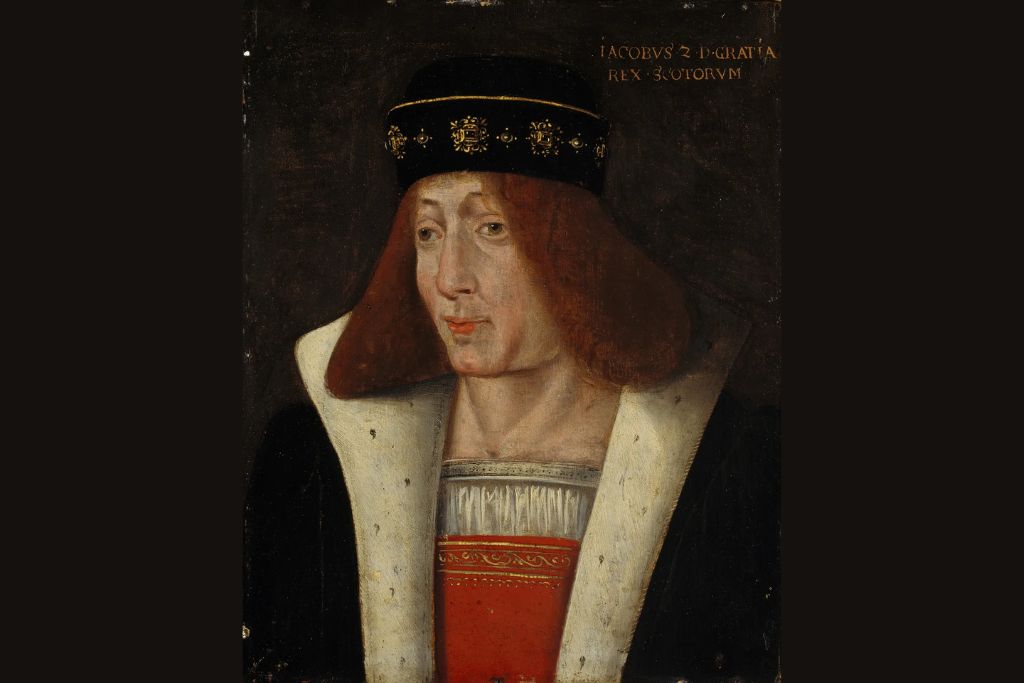
Following his father’s untimely death in the sewers beneath a Perth monastery, James I’s six-year-old son was next in line to the crown. Archibald Douglas, the powerful Douglas clan’s leader, was given regency over the boy king. Following Archibald’s death, the regency passed to Archibald’s son, the 5th Earl of Douglas, with day-to-day administration shared by Archibald’s brother James Douglas, Earl of Avondale, the Lord Chancellor of Scotland, William Crichton, and Sir Alexander Livingston of Callendar. However, upon the abrupt death of the 5th Earl, James Douglas objected to his great-nephew William assuming the titles of both 6th Earl and regent, and conspired with Livingston and Crichton to do something about it.
William and his younger brother David were invited to a supper at Edinburgh Castle. Despite the young king’s protests, they were accused of treachery, brought outside, and murdered when they arrived. The event became known as the “Black Dinner,” and it was one of the inspirations for George R. R. Martin’s A Song of Ice and Fire’s infamous “Red Wedding.”
James II reigned over the country until 1460. James, a keen student of modern weapons, carried several cannons with him to besiege Roxborough Castle on the Scottish borders. While James was nearby, a massive cannon known as ‘The Lion’ detonated, splitting his thighbone clean in half. He died soon after from his wounds at the grand old age of twenty-nine.
The death of James III was shrouded in mystery.
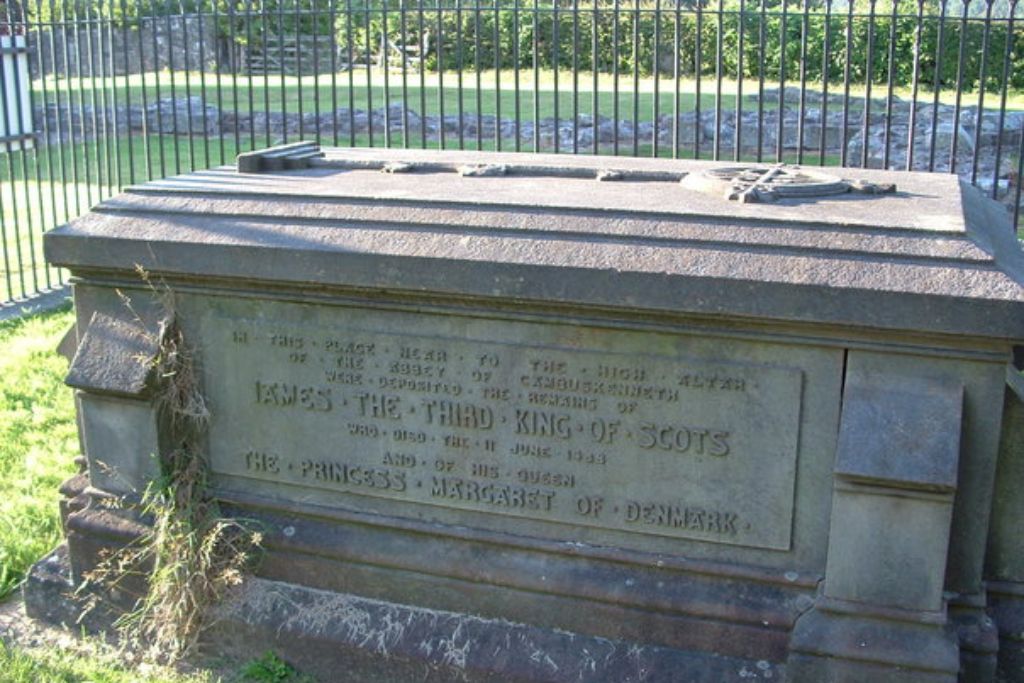
After his father was rudely blown up by a cannon in 1460, James III acquired the throne and managed to keep it for the next 28 years. James, an exceedingly unpopular monarch who clashed with almost everyone he met, was killed at the Battle of Sauchieburn in 1488 when a group of enraged noblemen organized an army against him, intending to put an end to his chaotic rule.
For many years, the death of James III remained shrouded in mystery. Some claim the king fled the battle after realizing he was losing it and later summoned a priest to his refuge near Bannockburn. When the priest arrived, it was revealed that he was an assassin who stabbed James to death. Others thought James was thrown from his horse while fleeing, breaking his neck. Although it is now widely recognized that James was killed in battle, the fact that for many years no one knew how an actual king died is rather remarkable.
Scotland’s Nostradamus was James V.
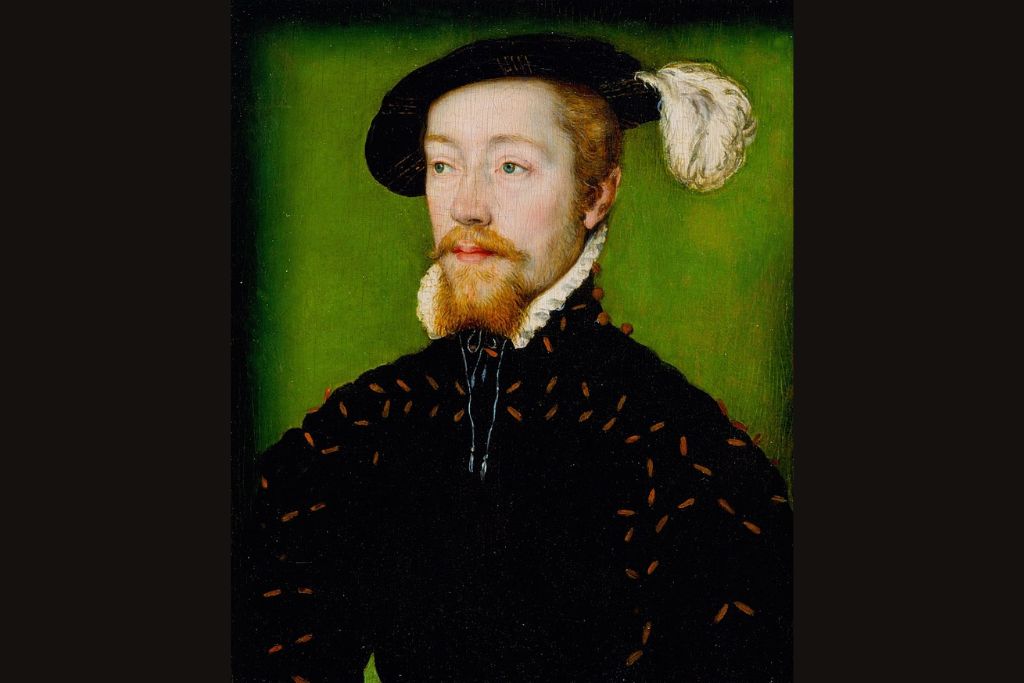
James V, Henry VIII’s nephew, brought a Renaissance air to the Scottish court that rivaled his uncle’s over the border. A brilliant lute player and poet, James brought in craftsmen and artists from all over Europe to enrich his court, and he was regarded as a step above many Scottish rulers who had spent the previous three centuries slaughtering each other rather than becoming learned and intellectual. James even had an uncommon hobby that gained a lot of attention. He preferred disguising up as a commoner and visiting his country, getting to know the people rather than setting fire to or murdering them.
Unfortunately, this delightful break from the customary conventions of Scottish monarchy came to an end when James’ mother, Mary Tudor, died and his uncle saw no reason not to invade his nephew’s realm. Following that, Henry VIII did just that, and James’ army suffered a severe loss at the Battle of Solway Moss in 1542. Wracked with guilt, James had a nervous breakdown and died, some say of grief, on December 14, 1452. However, before he died, he made the following prophecy:
“It came with a lass, and it’ll gang with a lass.” (It began with a girl and will conclude with a girl).
The Stuart dynasty, of which James was a member, ascended to the throne through Marjorie Bruce, the daughter of Robert the Bruce. It came to an end with the death of Queen Anne of England in 1714. Spooky!

